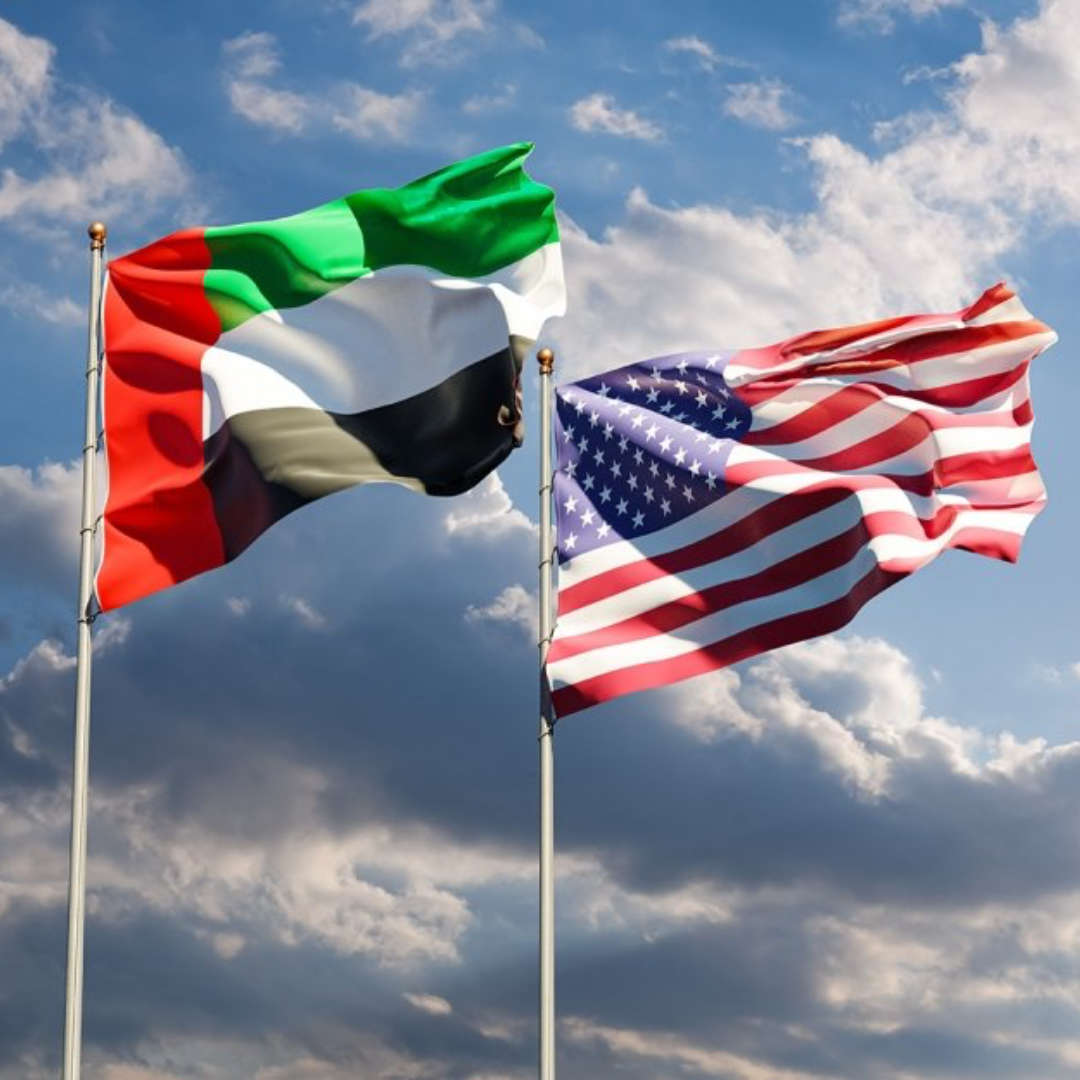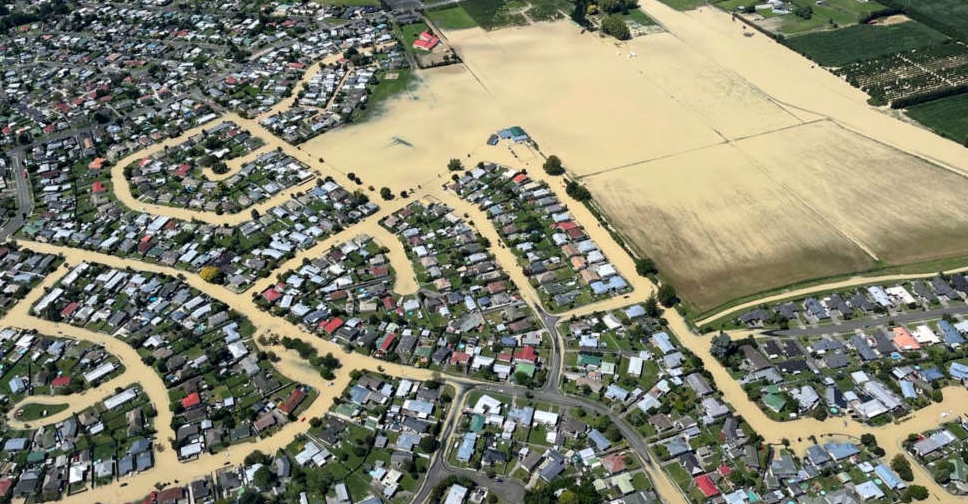
The death toll from Cyclone Gabrielle in New Zealand rose to eight on Friday, Prime Minister Chris Hipkins said, warning that the number was expected to increase as emergency crews make contact with hundreds of cut-off communities.
The cyclone, which hit New Zealand on the uppermost region of the North Island on Sunday before making its way down the east coast, cut off towns, washed away farms, bridges and livestock, and inundated homes, stranding people on rooftops.
"We do need to brace ourselves for the fact that there are likely to be more fatalities from this across the country. And the true extent of that, we won't know for a while," Hipkins said.
Just over 4,500 people as of Friday afternoon were registered with the police as being out of touch with friends or family since the cyclone hit. Police believe most of them simply don't have access to communication networks.
"This is undoubtedly the biggest natural disaster that we've seen probably this century," Hipkins said. "The scale of the damage is considerable because it covers such a large geographical area."
Submerged farms could have an impact on the supply of fruit and vegetables in several regions, he said.
Two temporary morgues have been set up in the Hawke's Bay region, one of the worst-hit areas which is largely rural but include the towns of Napier, Hastings and Wairoa.
Communication and access to several areas remain difficult with about 62,000 properties still without power.
A specialist team from Australia has arrived to help with the rescue and relief effort, Hipkins said.
Convoys of trucks carrying essential items are making their way into remote areas and the defence force is using ships and aircrafts to transport items to areas of the east coast.
In Hawke's Bay, helicopters and boats were going out to check on people in isolated communities along with land-based search and rescue teams.
The weather has started to improve, with clear skies largely forecast for much of the North Island over the weekend.




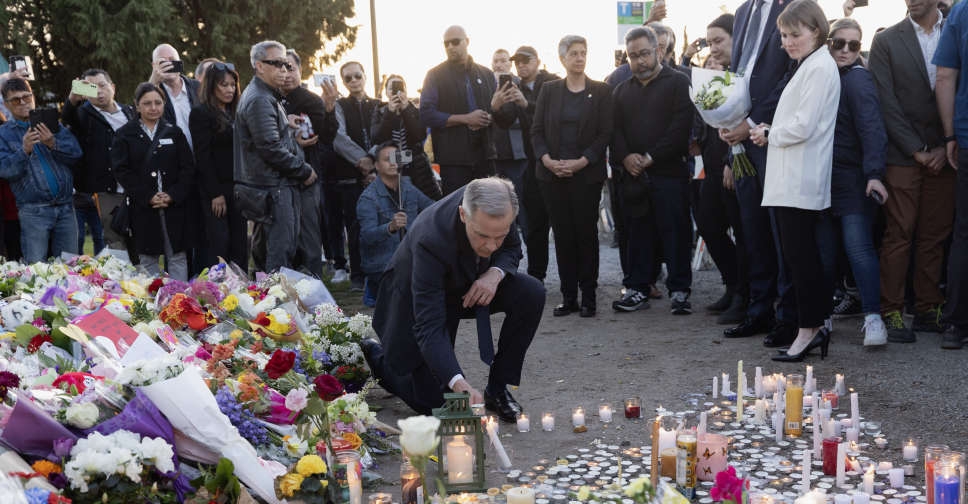 Vancouver man charged with murder for attack on Filipino festival
Vancouver man charged with murder for attack on Filipino festival
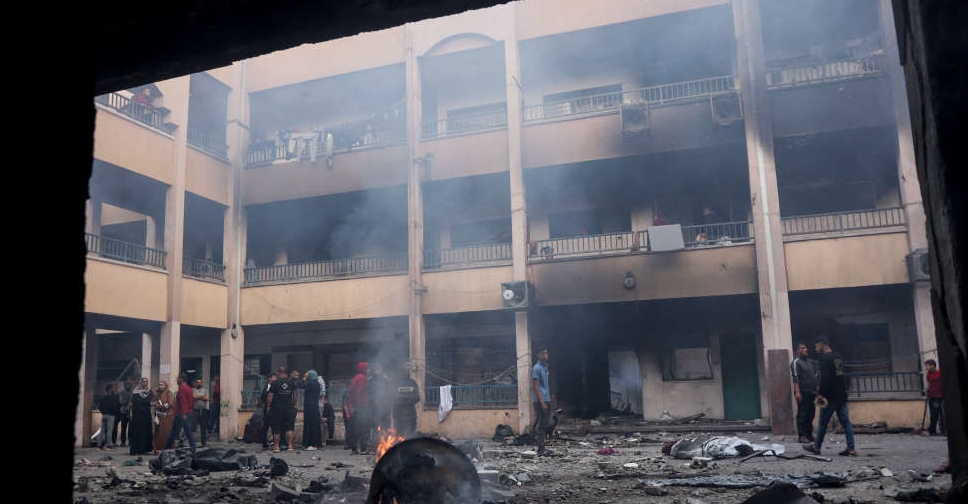 Israel's Gaza aid blockade contested in World Court hearings
Israel's Gaza aid blockade contested in World Court hearings
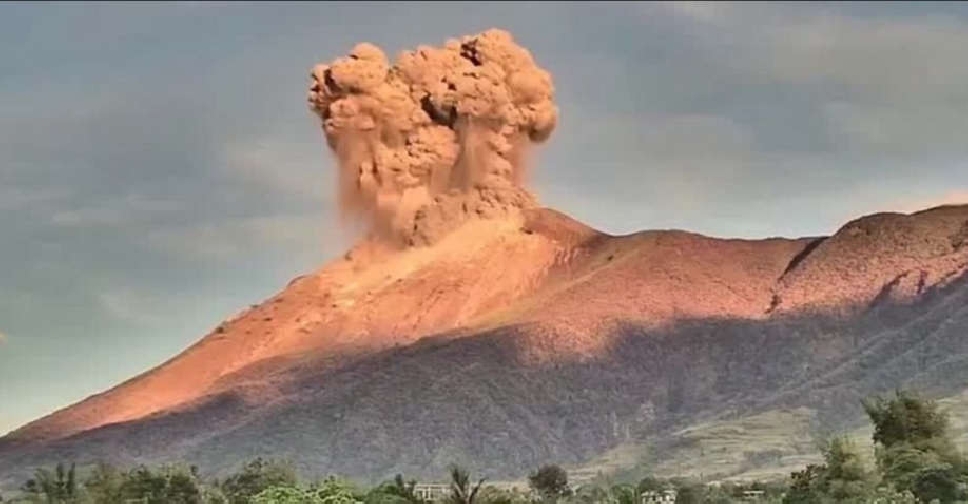 Philippines raises alert level at restive volcano after eruption
Philippines raises alert level at restive volcano after eruption
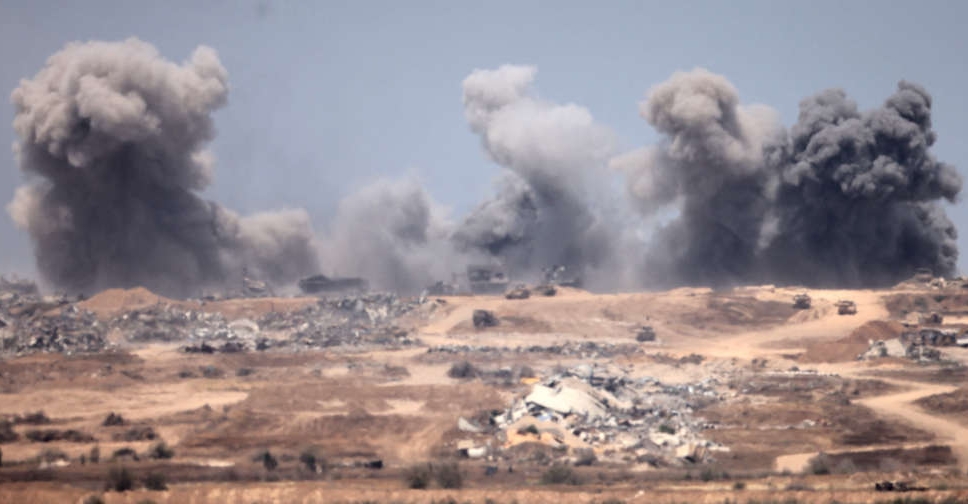 Qatari PM: Ceasefire talks on Gaza show signs of progress
Qatari PM: Ceasefire talks on Gaza show signs of progress
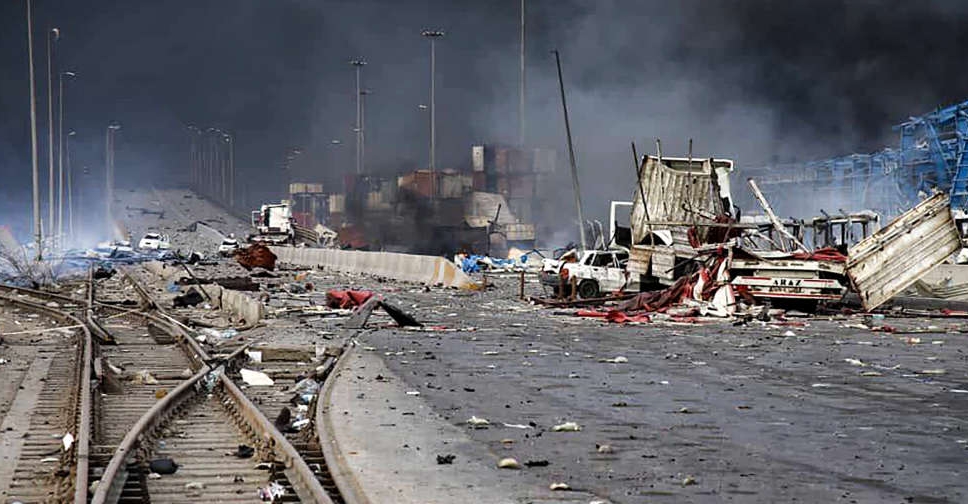 More than 700 injured in Iran's explosion
More than 700 injured in Iran's explosion


